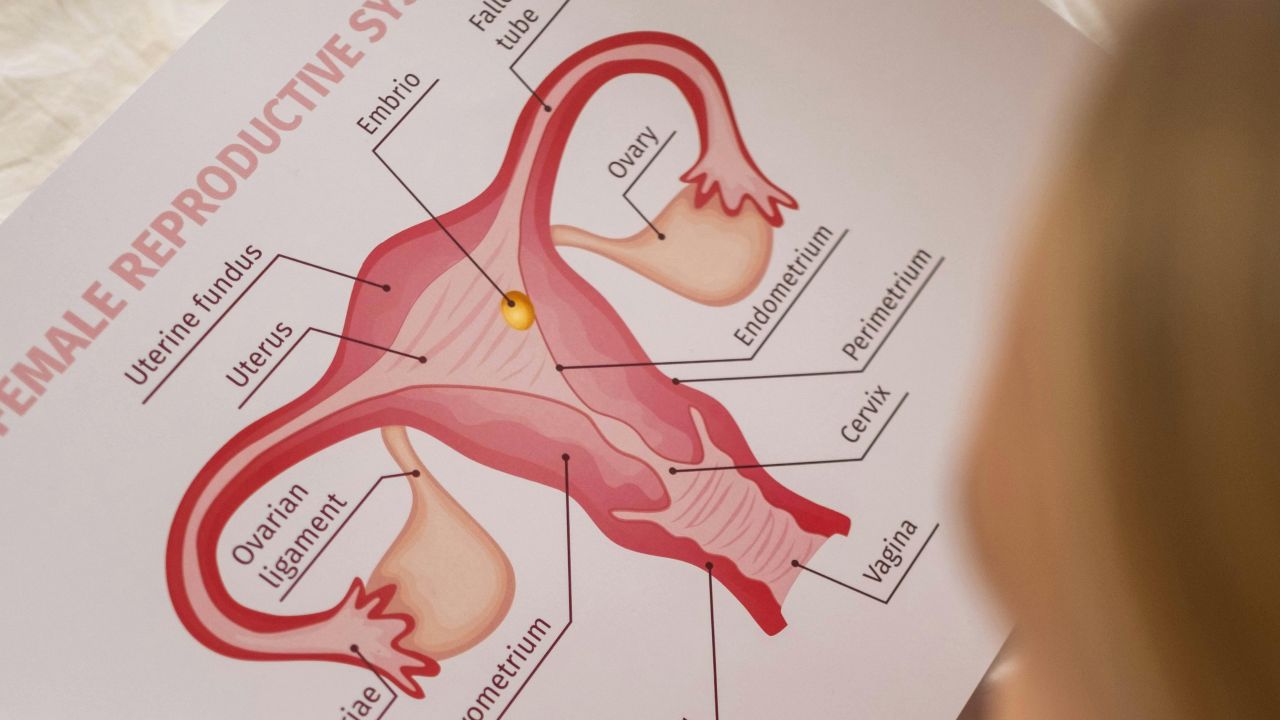What is ovarian stimulation?
This refers to hormonal stimulation of the ovaries with tablets or injections to promote growth of multiple follicles. In IVF/ICSI the eggs are then retrieved; in IUI the aim is usually 1–3 mature follicles to limit multiple pregnancy risk. The final maturation step is triggered with a "trigger" injection (hCG or a GnRH agonist).
Goals & realistic expectations
Successful stimulation does not mean “as many eggs as possible,” but “enough, safely and of adequate quality.” The optimum depends on age, AMH/AFC, medical history, method (IUI vs. IVF/ICSI) and laboratory capacity. Good centers tailor dose and timing to balance chances and safety; this approach is emphasized in international recommendations (NICE, ESHRE).
Protocols
Antagonist protocol (short)
Common standard: daily FSH/hMG injections starting on cycle day 2–3; once follicles start to grow, a GnRH antagonist prevents a premature LH surge. Trigger at the end with hCG or a GnRH agonist. Advantages: flexibility, good safety profile, lower OHSS risk.
Agonist protocol (long)
Downregulation with a GnRH agonist before stimulation start, then FSH/hMG. Useful in selected cases, but involves longer duration and potentially more side effects.
Mild / natural-modified stimulation
Lower gonadotropin doses or oral agents (letrozole/clomiphene), focusing on fewer but sufficient eggs. May reduce side effects and costs; not suitable for all profiles. Patient-friendly overviews are available from HFEA.
Medications
| Class | Purpose | Examples | Notes |
|---|---|---|---|
| Gonadotropins (FSH/hMG) | Follicle growth | FSH pens, hMG | Dose adjusted by AMH, AFC, age, BMI and prior response |
| GnRH antagonist | Prevents premature LH surge | Cetrorelix, Ganirelix | Common in short/antagonist protocols |
| GnRH agonist | Downregulation / trigger option | Leuprorelin, Triptorelin | As trigger it reduces OHSS risk |
| Oral agents | Stimulation especially for IUI/mild cycles | Letrozole, Clomiphene | Cost-effective, lower egg yield |
| Progesterone | Luteal-phase support | Vaginal capsules/gel | Standard after IVF/ICSI |
Patient-friendly drug summaries: HFEA: Fertility drugs.
Monitoring & start criteria
Before starting, history, ultrasound (AFC), hormonal status (including AMH) and, depending on region, infection screening establish baseline risk. During stimulation, 2–4 ultrasound checks and, if indicated, estradiol measurements guide dose and trigger timing.
- Start criteria: AMH/AFC, age, BMI, cycle pattern, prior treatments, comorbidities.
- Target sizes: For IUI usually 1–3 leading follicles; IVF/ICSI aims for a moderate, good egg number.
- Trigger: when leading follicles are about 17–20 mm (clinic-specific).
General recommendations for management are available in international guidelines (NICE, ESHRE guideline).
Step-by-step procedure
- Start: cycle day 2–3 with oral agents or injections.
- Monitoring: ultrasound and, if needed, E2 to adjust dose; antagonist added when follicles are sufficiently developed.
- Trigger: hCG or GnRH agonist for final maturation.
- Next steps: IVF/ICSI egg retrieval ~34–36 h after trigger; IUI performed shortly after ovulation trigger.
- Luteal phase: progesterone according to clinic protocol.
Further reading: overview of IVF/ICSI, IUI and distinction from ICI/home insemination.
Success & egg yield
Success rates depend heavily on age, cause, laboratory quality and embryo stage. Many centers target a moderate number of eggs for IVF/ICSI; for IUI a single leading follicle is often sufficient. Guidelines recommend selecting protocol and dose based on individual risk rather than maximum numbers (ESHRE).
Safety & OHSS prevention
OHSS (ovarian hyperstimulation syndrome) is uncommon but clinically important. Risk factors include high AMH/AFC, PCOS, younger age, high estradiol levels and aggressive dosing. Prevention strategies include antagonist protocols, conservative dosing, GnRH-agonist trigger, “freeze-all” when indicated, and close monitoring. Warning signs: rapid weight gain, increasing abdominal size/pain, shortness of breath, persistent vomiting. Patient information: NHS on OHSS.
Luteal-phase support
After IVF/ICSI, progesterone support is standard; after IUI its use varies internationally. Forms include vaginal gel, capsules and less commonly injections. Duration is commonly until the pregnancy test or into early pregnancy per clinic protocol.
Comparison & alternatives
| Approach | Typical for | Advantages | Considerations |
|---|---|---|---|
| Antagonist protocol | IVF/ICSI | Flexible, lower OHSS risk | Daily injections, frequent monitoring |
| Agonist protocol | Selected indications | Predictability, laboratory advantages | Longer duration, potentially more side effects |
| Mild / natural-modified | IUI, mild IVF | Fewer side effects, sometimes lower cost | Lower egg yield; not suitable for all profiles |
Options with lower medication burden are explained in patient-friendly format by HFEA.
When to see a doctor?
Seek immediate evaluation for severe abdominal pain, shortness of breath, persistent vomiting, dizziness, rapid weight gain or marked abdominal enlargement during or after stimulation. Also contact your clinic if there is absent follicle growth, repeatedly too many follicles for IUI, or severe side effects so the strategy can be adjusted. Ovarian stimulation should always be managed by a physician with structured monitoring.
Conclusion
International practice supports individualized planning, close monitoring and active risk management. With appropriate protocol selection, conservative dosing, a safe trigger and clear alarm signs, ovarian stimulation can be conducted effectively and responsibly—for IUI or IVF/ICSI.

